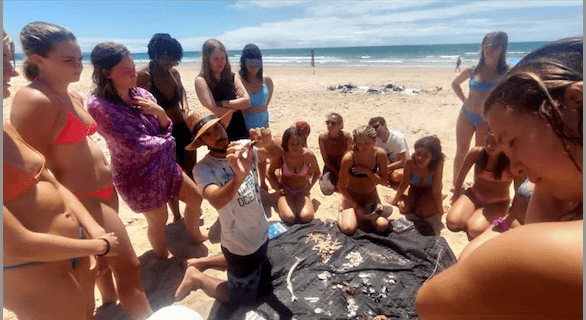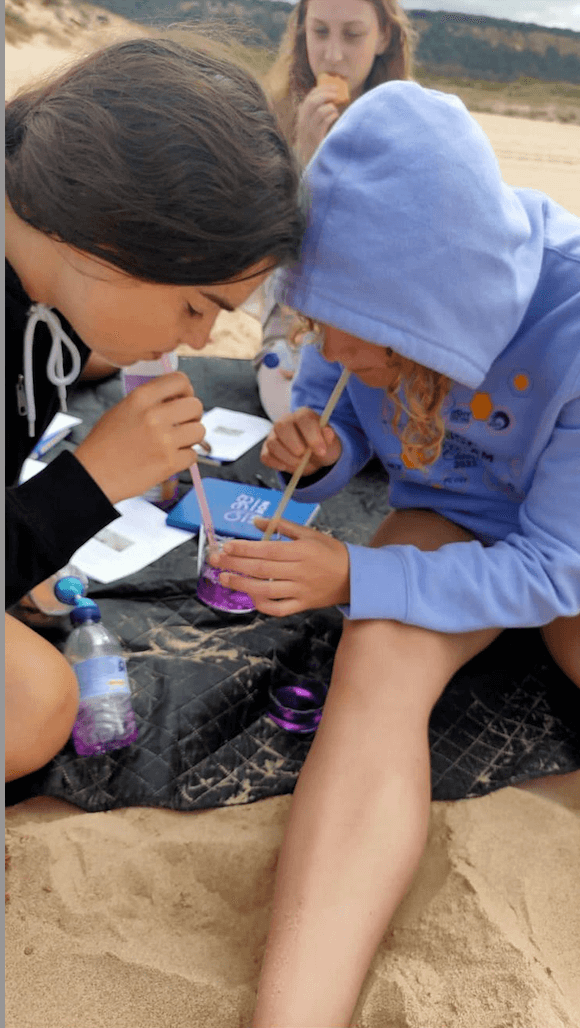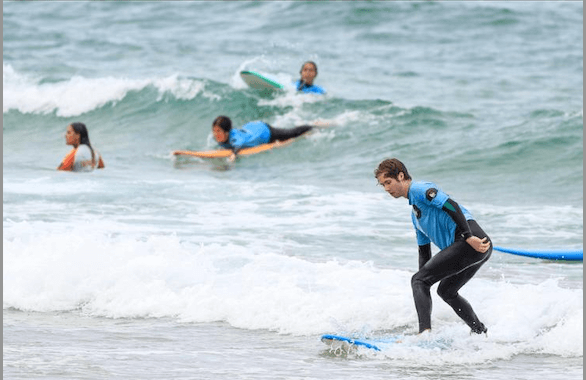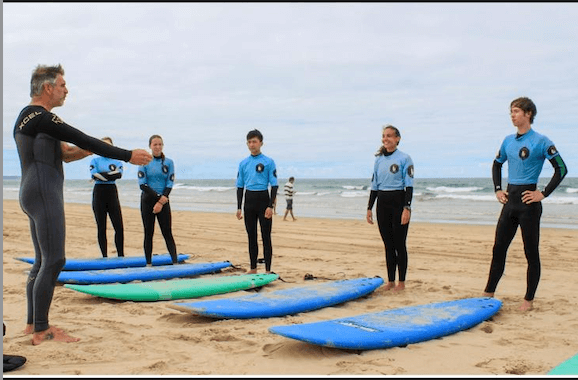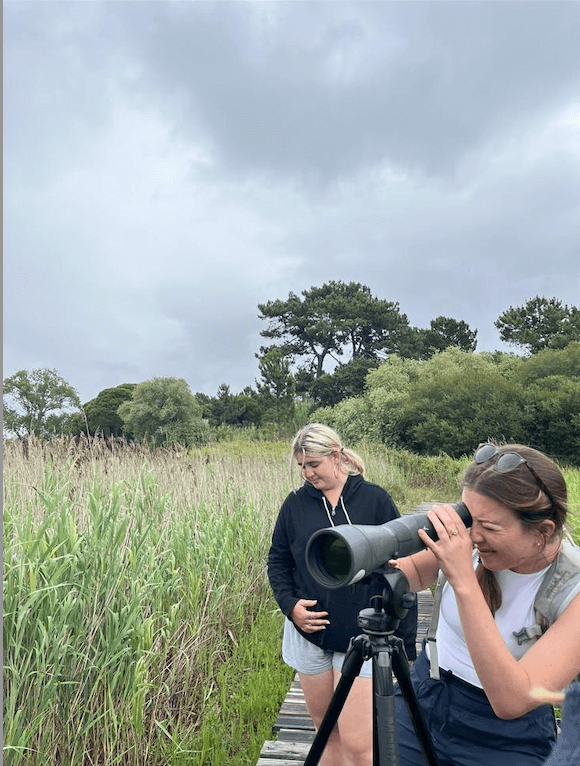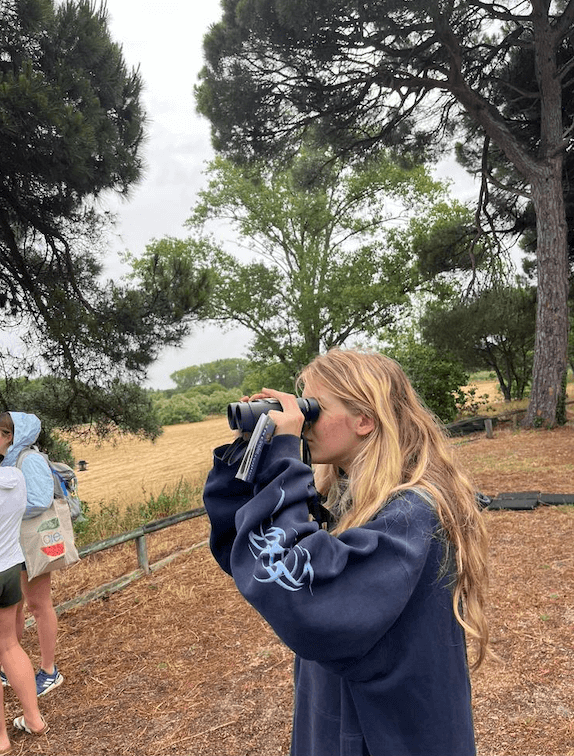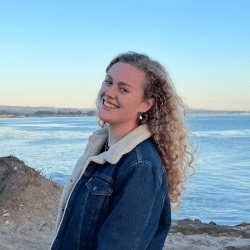Surfin' and Birdin' Student Takeover: Cara
On Thursday we journeyed to Lagoa Pequena in Sesimbra which is a natural reserve and part of a complex of lagoons that houses 250 bird species throughout the year. Here we were able to walk around and use binoculars to see an array of extraordinary birds in their natural habitat. We were able to see both grey and purple herons, bank swallows, purple swamphen, ducks, and many less visible components of the ecosystem.
Our bird-watching leader Maru made a fascinating point; everything in nature has a purpose. For example, male birds have colorful and attention-seeking colors to attract a mate whereas female birds mostly have natural colors for camouflage to protect the young in the nest and not draw attention to predators. This was super interesting to think about in regards to how ecosystems function and how each species plays a crucial role, which is what we are learning in class at Casa de Baia.
On Friday we went to the beach all day, we were out the door at 9:35 am and didn’t get back to our hotel until 5:40 pm. At the beach, we did so many fun activities. First, we surfed, everyone had been looking forward to this throughout the entire program and it lived up to our expectations. We were split into four groups for surfing each group was paired up with one surf instructor who taught us how to pop up, which foot to tie the leash to, and the basics of how to catch a wave.
Once out of the water one of our teachers Anna had a mini-lesson about ocean acidification. Here we learned about the oceans changing pH and how this acidification will affect the ocean's creatures, mainly those with calcium carbonate shells that disintegrate in acidic waters.
After this, we had free time and lunch at the beach to relax after our busy morning. Most of the afternoon was taken up by playing beach volleyball and laying in the sun although Maru, our other teacher, had a little lesson on biodiversity in sandy beach ecosystems. We were all exhausted but everyone had smiles on their faces as we left the beach to return to Setúbal!
Related Posts
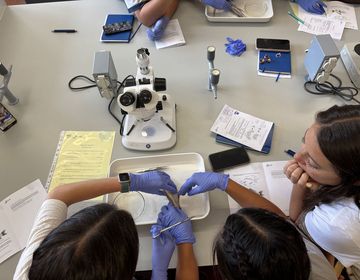
A Summer of Science, Service, and Self-Discovery in Lisbon
The following blog was written by Matt Redman , Vice President of High School Programs at CIEE, who has been with the organization since 2009. This summer, I had the... keep reading
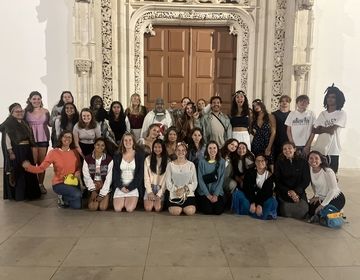
Our last days
It is hard to describe what these last few days have felt like for our student. In one sense it feels like we have been here forever— our group is... keep reading
